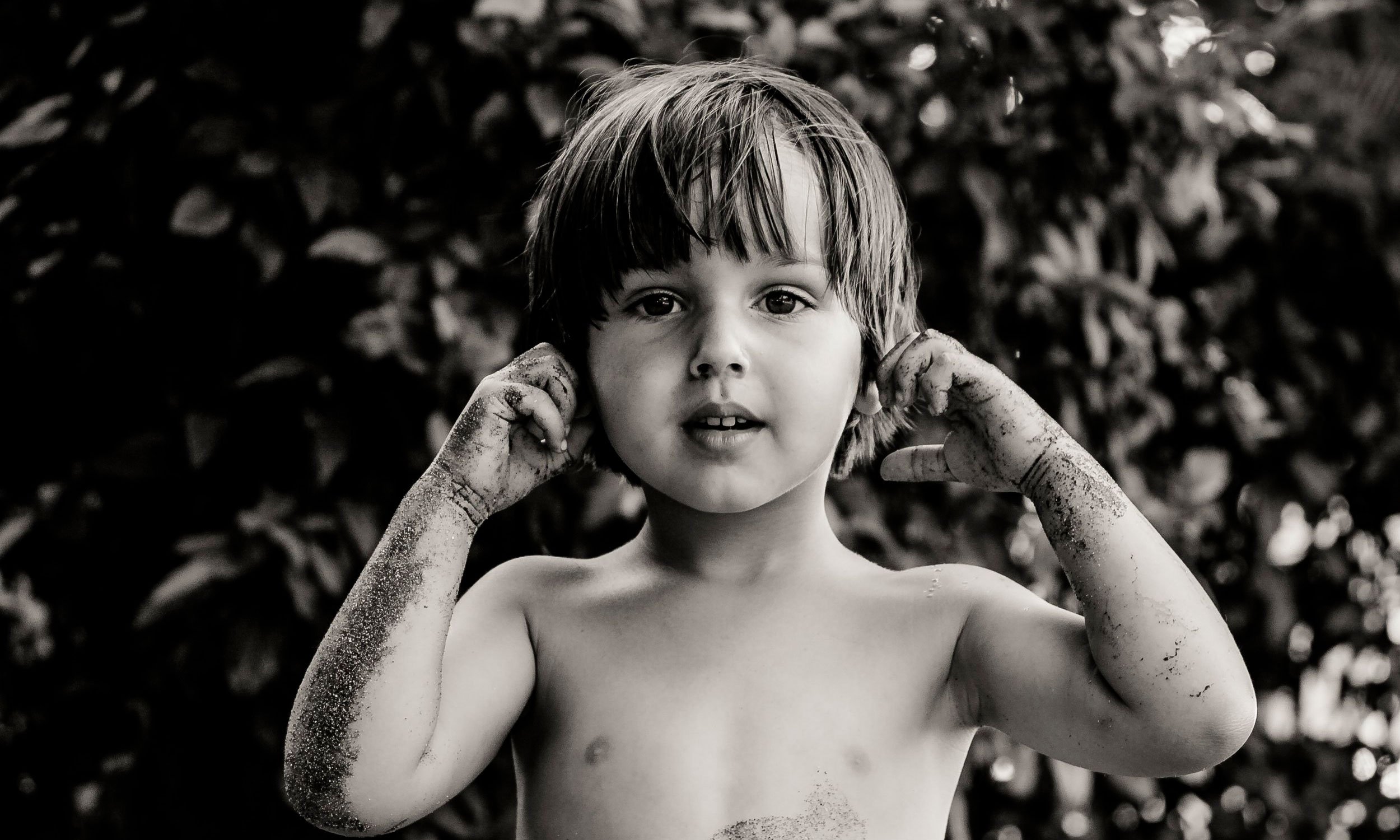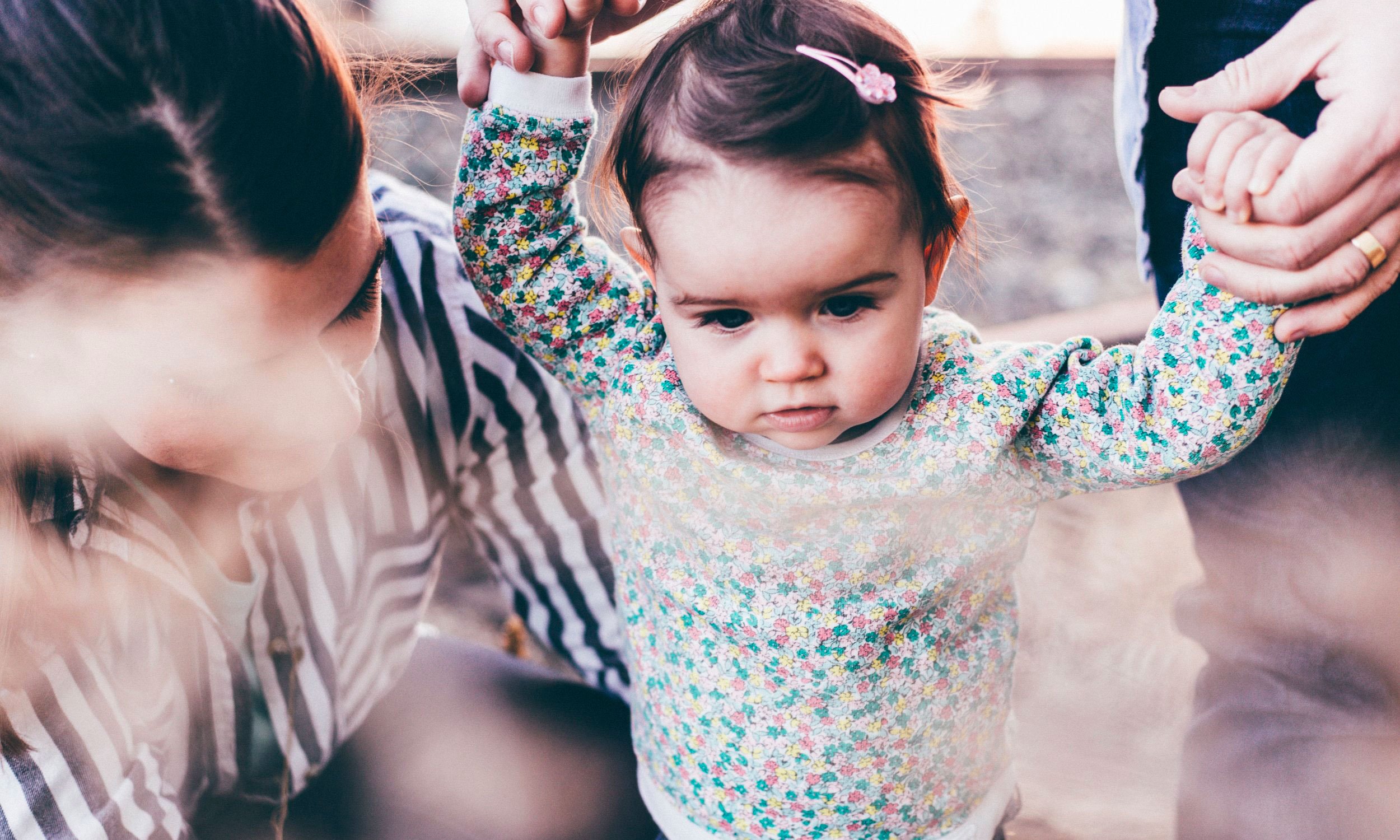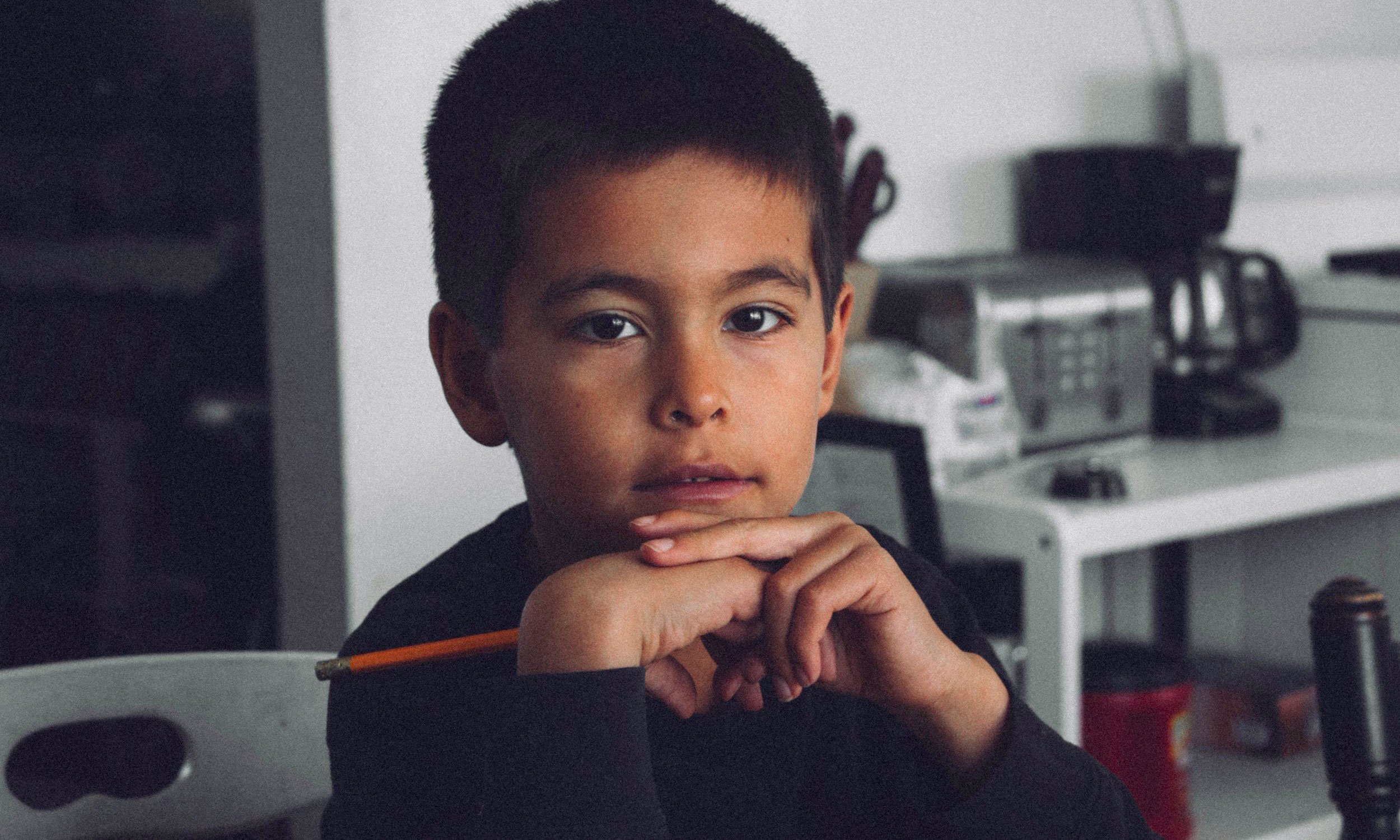
Part IV: Life hacks for the parent new to ABA therapy: Know your team
Every child in ABA therapy will have a team around them helping them to achieve their goals. The first piece of each team is the family. At Keystone Achievements, we know that the family has been the team since day one and we make no presumptions. We respectfully request permission to join that team when we begin working with each child.

Part IV: Functions of behavior: Automatically reinforcing
Behavior that is automatically reinforced is not always maladaptive or dangerous, but it can interfere with interactions and what we are trying to teach. If we choose to reduce these behaviors, the best way to keep them from being maintained is by blocking the reinforcement. Depending on the child, simple redirection tasks can help to stop or break up the behavior. A redirection is precisely what it sounds like. We provide another demand or task to redirect the individual from the targeted behavior.

What sets Keystone Achievements apart from other ABA therapies.
At Keystone we recognize that the most important piece in changing the life of a child or adult affected by Autism is the team surrounding them. When we begin applying ABA therapy with a new student, we look to incorporate the parents/caregivers, therapists, BCBA, and any other therapists a child might be seeing into a cohesive unit. This means we provide additional training and resources for every facet of this team to ensure that we are all growing alongside the child we work with. Dedication to our staff’s growth is one of the biggest pieces of the puzzle we fear many companies are missing.

Part I: Things you could see in a sesson of ABA therapy
Engagement is not as simple as being focused completely on the task at hand. A therapist with such a strong clinical focus can see progress, but without emphasis on the child as well, progress will be limited. In addition to clinical focus, a strong therapist will demonstrate daily a passion for a relationship with their student.

Should I be an RBT?
The human services field, specifically those working with special needs populations, has a steady need for passionate and caring professionals. Furthermore, the teaching methods and modalities being used are growing and evolving. The value of new teaching methods is being seen more as our classrooms become increasingly diverse. Though Applied Behavior Analysis is often thought of as a primarily therapeutic modality, some schools are now trying to hire their own BCBAs or put their staff through the RBT courses. They’re having paras and teachers use the methods of ABA while instructing in their more traditional academic setting.

Part IV: Things you could see in a session of ABA therapy
Many of the tasks that an individual completes on a day to day basis are often taken for granted. However, when you begin to teach these tasks to a child or an individual with special needs it quickly becomes apparent how many steps these “minor” tasks truly have. It also becomes clear how overwhelming this number of steps can be for some of those we work with.
When attempting to teach these tasks to a child on the spectrum we use a tool known as Task Analysis. A Task Analysis, or TA as we refer to them, writes out and breaks all the individual steps down into observable parts.

Part III: Things you could see in a session of ABA therapy
When we teach a new target, we will often prompt the correct response right away and reinforce their response as if it was independently answered. With subsequent trials we will fade the prompt as we feel confident the child will begin responding independently. This is typically done in a quick flow to build momentum and the child’s confidence. Hopefully, the trend of using positive reinforcement to reach our goals is becoming obvious.

Part II: Things you could see in a session of ABA therapy
Discrete Trial Training, or DTT, is a frequently used tool in Applied Behavior Analysis. It is used by taking a skill and breaking it down into its simplest components and building it up from there. It might not be realistic for us to expect a child to learn to react accordingly to an emotional response in a conversation. However, if we break that skill down and teach how to recognize emotions on a variety of faces from flash cards, we can build it up to the point it could become more natural.
